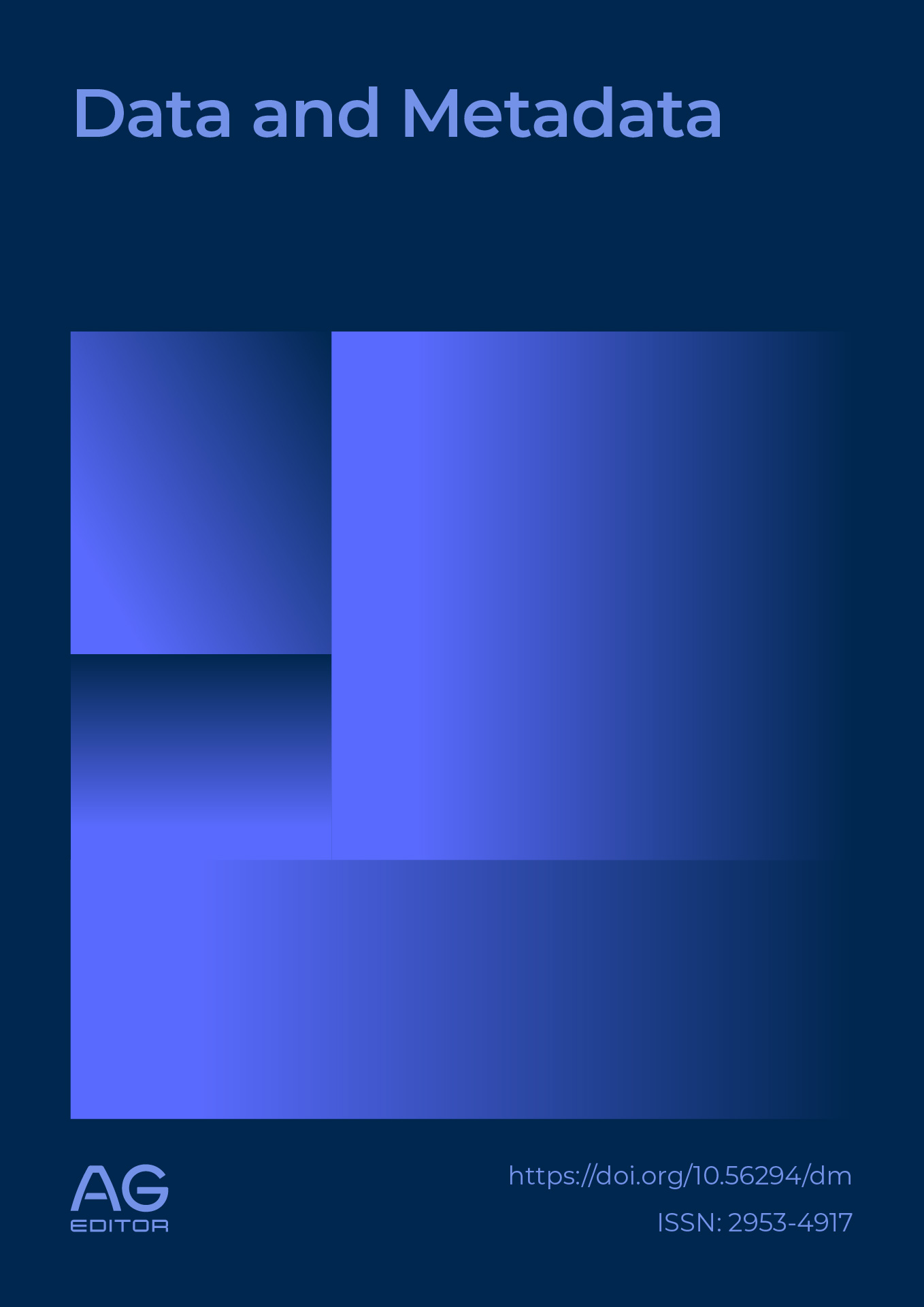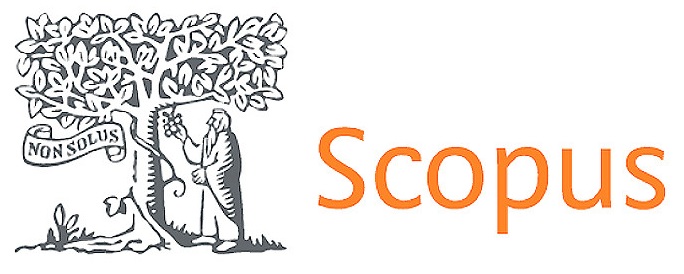Leveraging Digital Intelligence for the Design and Fabrication of Urban Sculpture Art
DOI:
https://doi.org/10.56294/dm2025501Keywords:
Digital Intelligence, Urban Sculpture Art, Efficient Generative Adversarial Network, Smart Sensors, Feature Extraction, Principal Component AnalysisAbstract
With the rise of digital intelligent technology, its application fields are more and more extensive, including urban sculpture. This study addresses the critical factors of durability and maintenance associated with the digital components used in outdoor urban sculptures. The primary objective of this research is to employ cutting-edge digital intelligent technologies in the conceptualization and realization of urban sculpture. We introduce an innovative Efficient Generative Adversarial Network (EGAN), enhanced by fruit fly optimization (FFO), which facilitates the generation of unique patterns and designs for urban sculptures through smart sensor integration. This approach leverages a variety of data collected by smart sensors, which is subsequently preprocessed through data cleaning and normalization techniques. We apply Principal Component Analysis (PCA) for effective feature extraction, allowing for the development of intelligent digital frameworks for urban sculpture design models. Our results demonstrate that the proposed method significantly enhances design efficiency (25 hours), resolution (600 dpi), material strength (35 MPa), environmental adaptability (high), and overall durability (10 years) of urban sculpture patterns derived from smart sensor data. The digital intelligent technology-based design approach surpasses traditional methodologies in meeting the stringent standards set for urban sculpture design, thereby contributing to the future of urban art installations.
References
Widrich, M., 2024. Performative Monuments: The rematerialisation of public art. In Performative monuments. Manchester University Press.
Wang, Y. and Hu, X.B., 2022. Three‐dimensional virtual VR technology in environmental art design. International Journal of Communication Systems, 35(5), p.e4736.
Sargentis, G.F., Frangedaki, E., Chiotinis, M., Koutsoyiannis, D., Camarinopoulos, S., Camarinopoulos, A. and Lagaros, N.D., 2022. 3D scanning/printing: A technological stride in sculpture. Technologies, 10(1), p.9.
Zheng, J., 2024. The rational planning approach in public art production: Evaluating the quality of urban sculpture plans in Shanghai. Journal of Planning Education and Research, 44(1), pp.333-345.
Zheng, J. and Zheng, X., 2022. Does public participation matter to planning? urban sculpture reception in the context of elite-led planning in Shanghai. Sustainability, 14(19), p.12179.
Polubok, A. and Pylypchuk, O., 2023. ORIENTATION OF MONUMENTAL DECORATIVE SCULPTURE IN URBAN SPACE. Proceedings of the Latvia University of Agriculture: Landscape Architecture & Art, 23(23).
SHAFRAY, E., Public Art and Sculpture in Architecture and Urban Design as an Element of Urban Environment Quality Using the Example of Seoul. ПЕРСПЕКТИВЫ НАУКИ Учредители: Фонд развития науки и культуры, (2), pp.53-59.
DÜZENLĠ, T. and ALPAK, E.M., 2022. Artistic Approaches In Urban Open Space Design. Architectural and Engineering Research and Practice, p.91.
Gao, G. and Xing, K., 2023. Virtual Sculpture for Art Education Under Artificial Intelligence Wireless Network Environment. International Journal of Web-Based Learning and Teaching Technologies (IJWLTT), 18(2), pp.1-17.
He, C., 2022. The Design of Urban Sculpture Space with User Behavior Based on Internet of Things and Edge Computing. Scientific Programming, 2022(1), p.5984948.
Zhongshu, W. and Huadong, L., 2024. Research on the application of public art design based on digital technology in urban landscape construction. Signal, Image and Video Processing, pp.1-18.
Hu, D., Hao, X. and Liu, C., 2022. Research on the Application of Public Art Design Based on Digital Technology and Multisensor Fusion Technology in Urban Landscape Construction. Journal of Sensors, 2022(1), p.8366667.
Yu, Y., 2023. Design of Urban Sculpture Artwork Pattern on Account of Smart Sensor Network from the Artistic Perspective. Journal of Internet Technology, 24(1), pp.195-204.
Zhu, J., 2022. The Usage of Designing the Urban Sculpture Scene Based on Edge Computing. Computational Intelligence and Neuroscience, 2022(1), p.9346771.
Li, L., 2021. Digital art design system based on big data technology and interactive virtual technology. IEEE Consumer Electronics Magazine, 12(2), pp.49-55.
Liu, S., 2023. Innovative design of digital sculpture art under 3D modeling technology. Applied Mathematics and Nonlinear Sciences, 9(1).
Yang, C. and Liu, Y., 2024. Preserving Sculptural Heritage in the Era of Digital Transformation: Methods and Challenges of 3D Art Assessment. Sustainability, 16(13), p.5349.
Downloads
Published
Issue
Section
License
Copyright (c) 2025 Yiming Zhang , Ajmera Mohan Singh (Author)

This work is licensed under a Creative Commons Attribution 4.0 International License.
The article is distributed under the Creative Commons Attribution 4.0 License. Unless otherwise stated, associated published material is distributed under the same licence.




